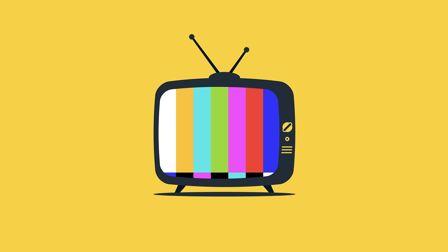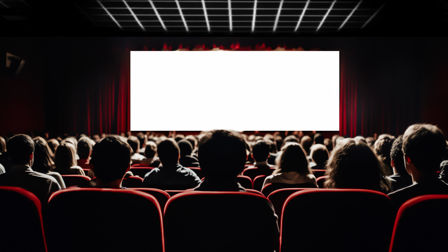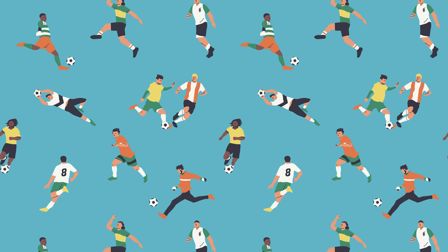How To... Teach Beauty to Artificial Intelligence
Lobster's Olga Egorsheva on how humans always define beauty through bias, versus AI's possibly neutral outlook.
A quick browse through the dictionary will bring up the following definition for beauty: “a combination of qualities, such as shape, colour, or form, that pleases the aesthetic senses, especially the sight.”
These traits simplify the mainstream ideal of beauty. Shapes - often thin; colour - predominantly white; and form - usually female.

But only really in the last decade have we tried to shift our perceptions of beauty and incorporate more diversity into its meaning. As we open our minds, what once seemed intrinsically rooted in boundaries, now provide us with a new perspective.
Our understanding of beauty is improving, though there is still much work to be done. Finding someone without any preconceived bias is practically impossible. However, if programmed correctly, surely a machine would be able to remove the human flaw that affects our judgement of other people's looks.
The AI Vision
In theory, artificial intelligence is capable of making neutral decisions based on the algorithms and datasets it's been fed. But first, it's humans who need to provide it with the data to learn.
We must define what constitutes true beauty. Everyone has an opinion of what makes something beautiful but finding a definitive answer is somewhat complex.

Exploring the Waters
AI’s relationship with beauty hasn’t got off to the brightest of starts. The first ever beauty contest judged by machines - which used objective factors like facial symmetry and wrinkles to judge physical attributes - ended up favouring contestants with white skin.
While the reason for this racial beauty bias was supposedly a lack of entries from darker skinned contestants, many questioned the creator's responsibilities as surely this prejudice lies with the creators of the algorithms?
However it would be wrong to write off AI’s understanding of beauty based on one contest. Undoubtedly, there will be many learning curves along the way to creating a fairer AI system... the future looks bright.
The desire to create advanced technology with more brainpower to differentiate between types of beauty without alienating race or gender should generate a higher standard of results. Machines can then learn the process and evolve to hopefully create a fairer and more balanced representation of what it means to be beautiful.

The engineers at Lobster have developed their own AI experiment that collects a range of facial features and body types to offer more diverse results.
"The main task is to correctly create a dataset of training and not retrain the AI model,” says Lobster's head of machine learning, Vladimir Pavlov.
A Smarter Future
There is one clear goal: to better understand beauty and reflect it in society as diversely as possible.
And we shouldn't forget that our understanding of beauty continues to evolve and reflect the times - something an AI should eventually be able to autocorrect itself and implement.
Beauty is in the eye of the beholder and that beholder is becoming more technically-advanced and less prejudiced than any human could ever be.
Connections
powered by
- AI-Powered Platform Lobster
- Co-Founder Olga Egorsheva
Unlock this information and more with a Source membership.







 Membership
Membership



